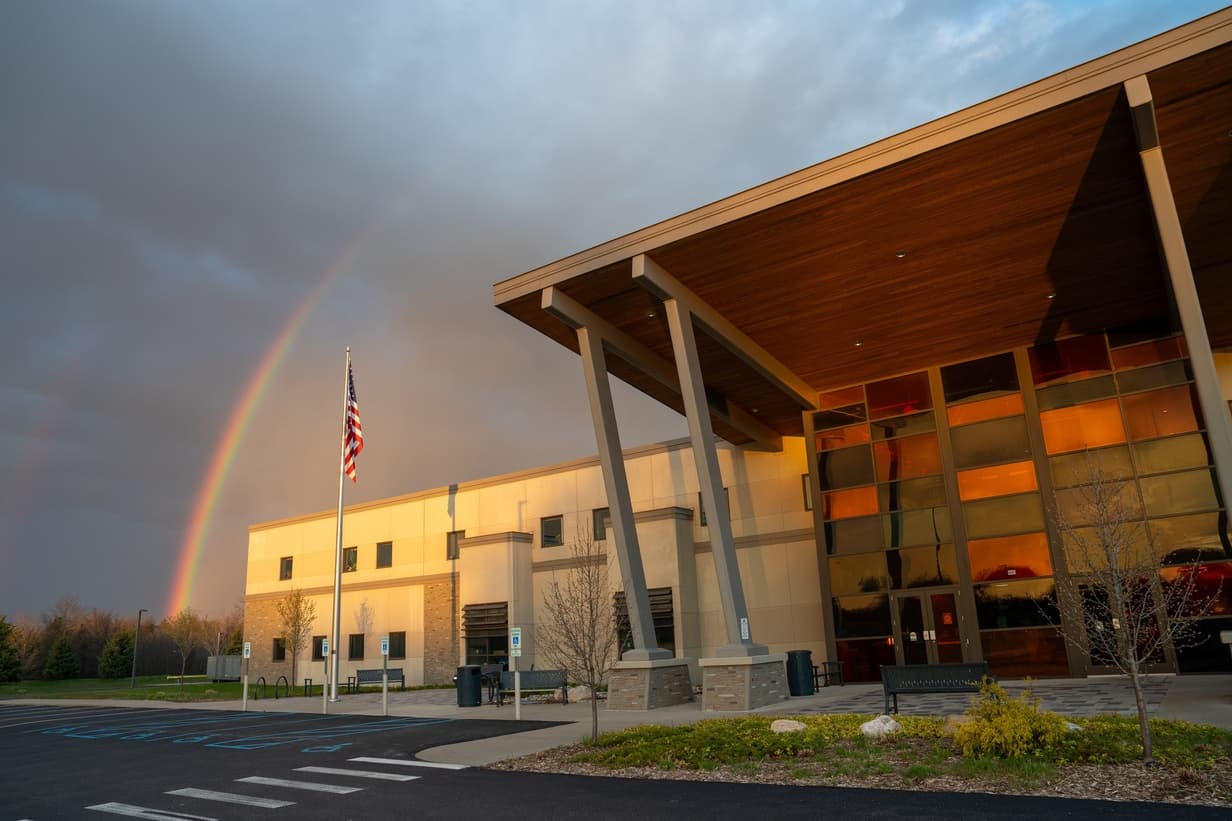Dual Enrollment Surges at NMC, Early College Participation Expands
Northwestern Michigan College and Traverse City Area Public Schools report a rapid rise in dual enrollment and early college participation, with local dual enrolled students at NMC rising to about 544 for fall 2025. The trend expands opportunity for students including first generation college goers, while raising budgeting and policy questions for local school districts and the college.

Northwestern Michigan College and Traverse City Area Public Schools are seeing a notable increase in high school students taking college coursework, a shift that has immediate implications for students and for local education budgets. For fall 2025 NMC counted about 544 local high school students enrolled in college classes, roughly a 13 percent increase from fall 2024, and representing about 16 percent of NMCs student body. Early college enrollment has climbed as well, with 114 students now in the early college pathway that can lead to an associate degree upon completion.
College admissions staff and TCAPS officials attribute the growth to improved outreach, recent tuition rate adjustments for out of district students, and state level policy changes aimed at expanding access to higher education. For families this means more students are earning college credits while still in high school, potentially lowering the time and cost needed to complete a credential. For students who are the first in their families to attend college, the programs can be especially transformative, removing barriers to postsecondary attainment and opening pathways to higher paying jobs.
Early college works by allowing students to add an additional year of high school to complete the credits needed for an associate degree. This model can accelerate credential completion and reduce student debt, but it also changes how districts and colleges manage enrollment, staffing, and finances. Administrators note that while the programs expand opportunity, they also introduce tradeoffs. District budgets may be affected by shifts in where students take courses and how funding follows those students. The college must balance increased demand for seats and advising with capacity and instructional resources.
Michigans new Community College Guarantee, which covers most community college costs for recent graduates, adds another layer to decision making for students and districts. With most community college costs covered for recent high school graduates, some students may opt to finish high school on the traditional timeline and take advantage of the guarantee after graduation. That potential shift could alter the incentives that have driven growth in early college enrollment and lead districts and the college to reassess long term fiscal planning.
Locally, the enrollment surge underscores both opportunity and complexity. Increased access to college level coursework can promote equity and broaden economic prospects across Grand Traverse County, but it also requires coordination between schools and community colleges, thoughtful advising for students, and transparent budgeting to ensure sustainability. As the programs scale, local leaders will need to weigh student benefit against operational and fiscal impacts, while keeping equity and access at the center of planning.


